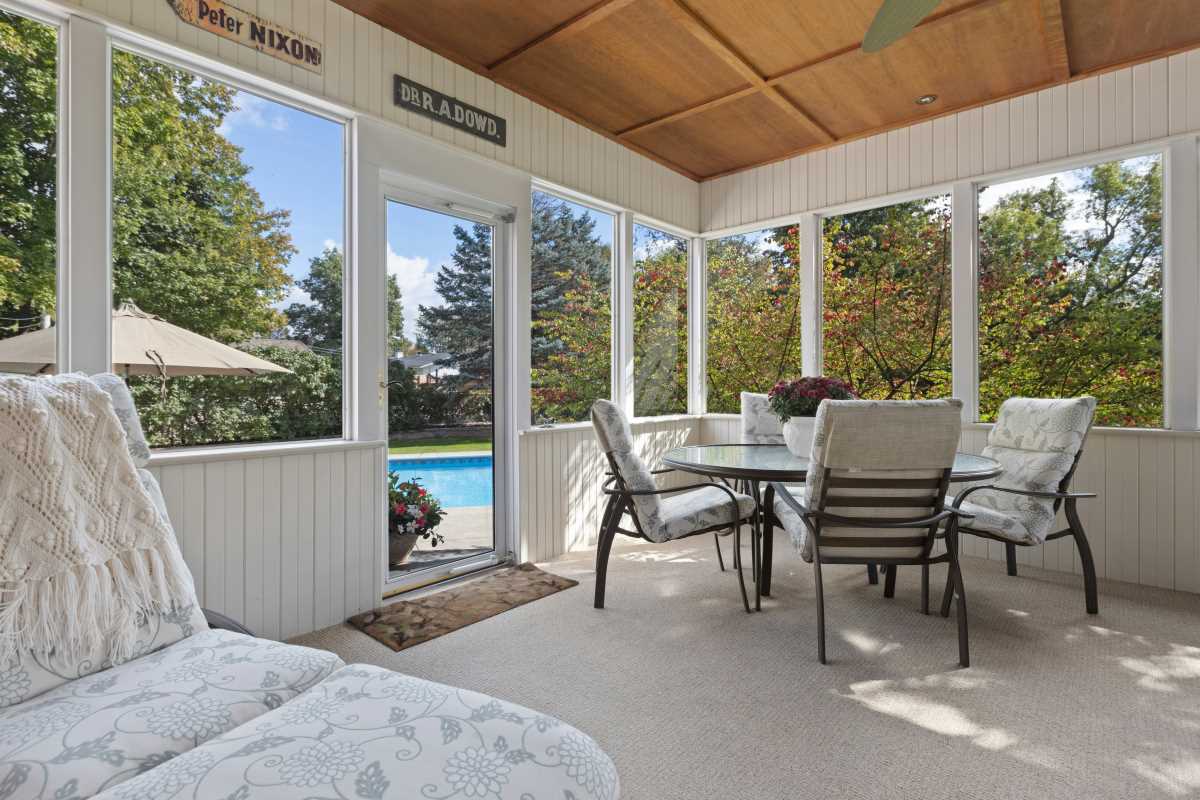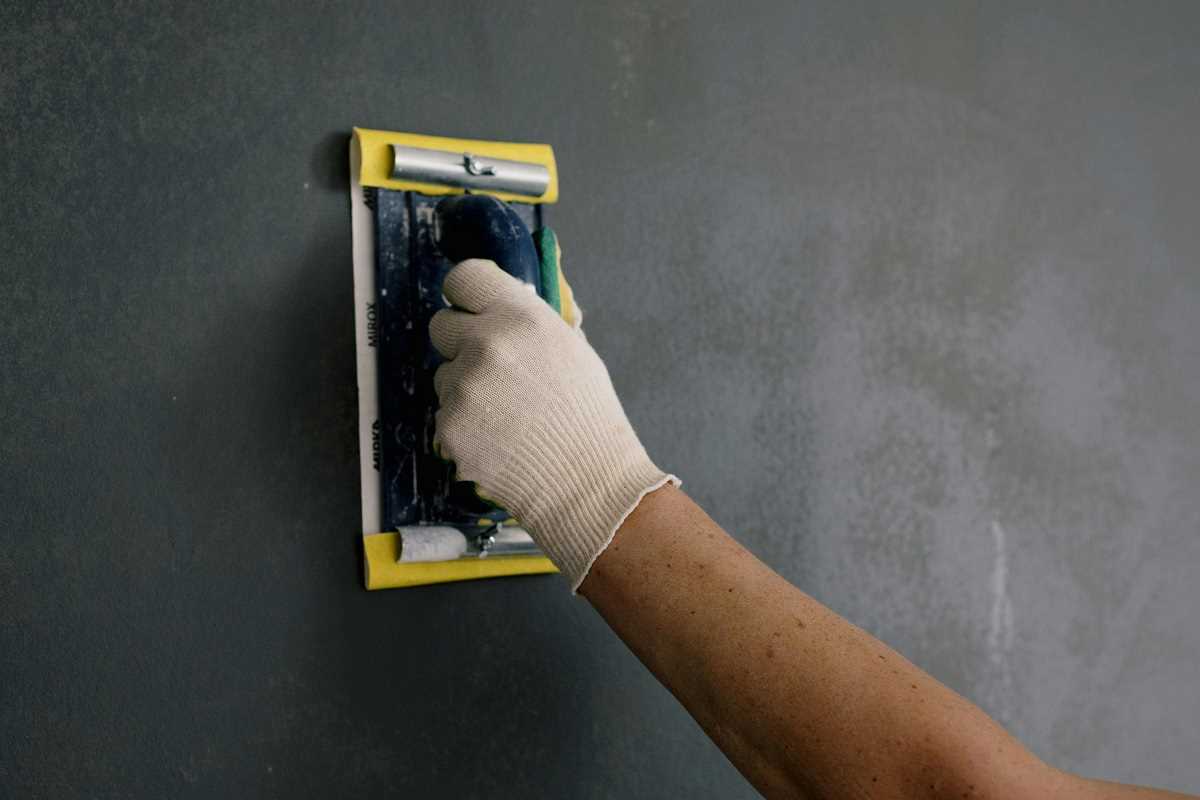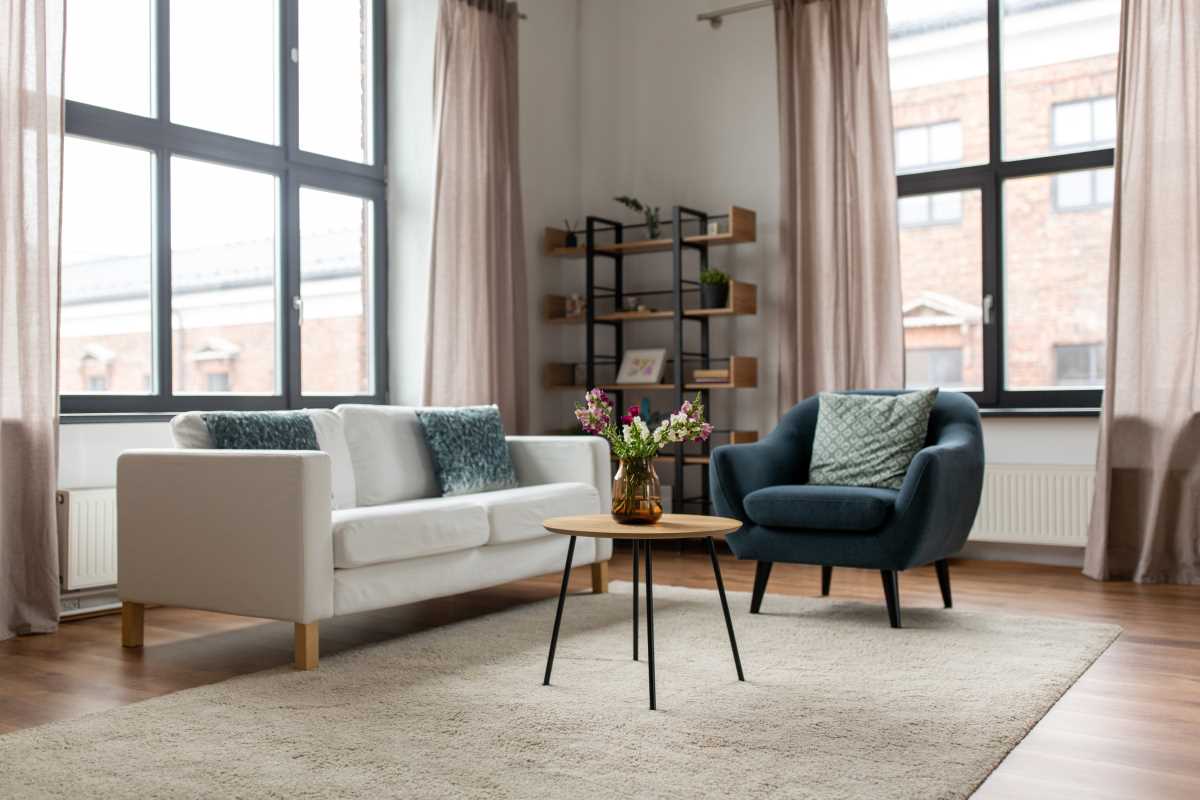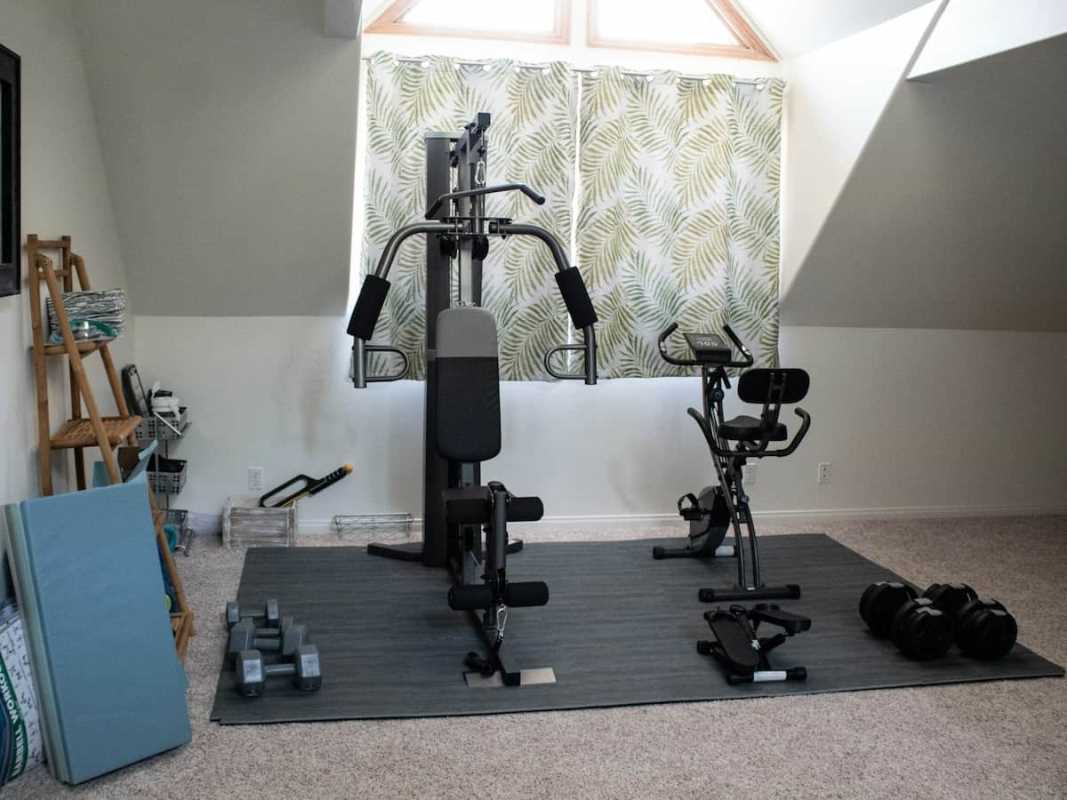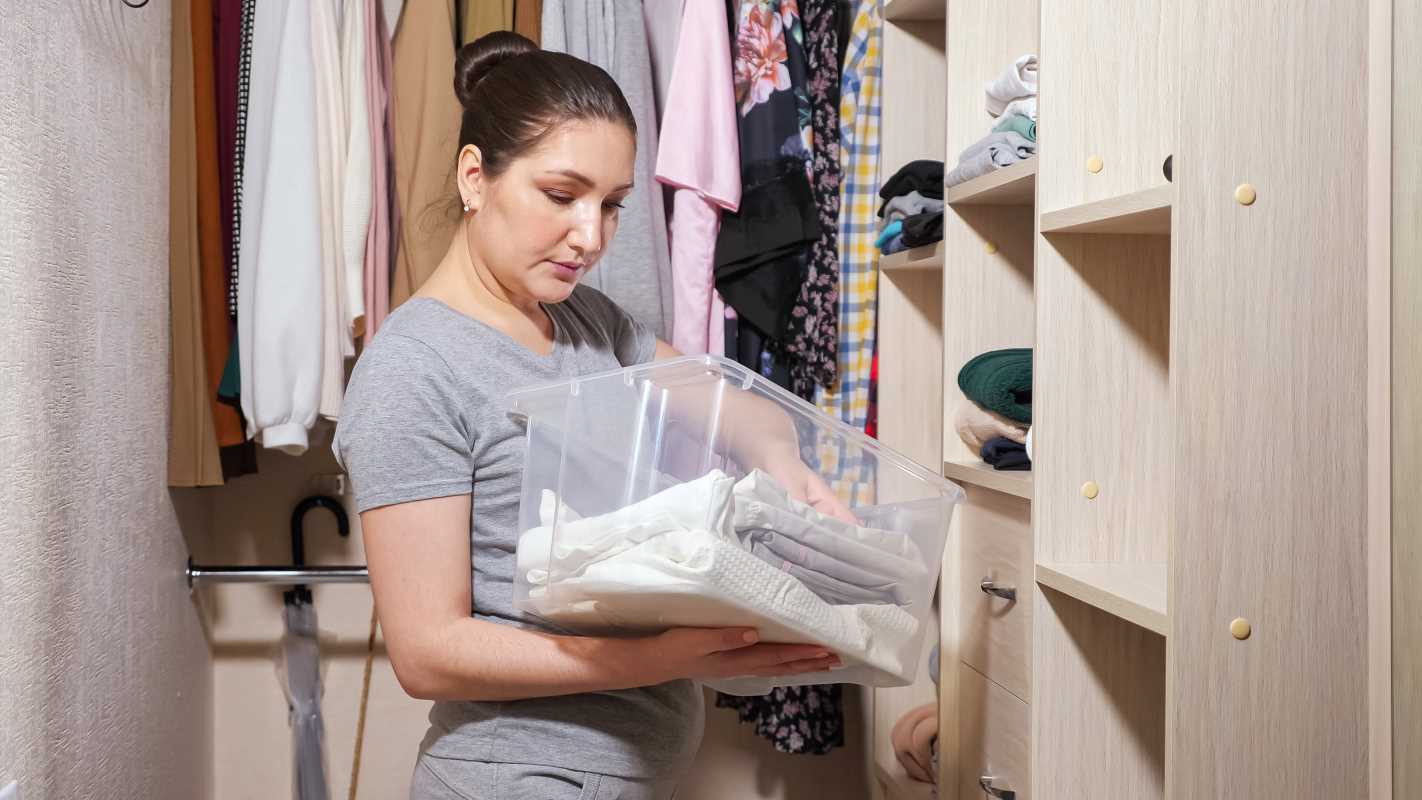Planning a bathroom remodel is a major vibe. You're picking out fire tiles, a dreamy vanity, and maybe even a rainfall showerhead. But before you get lost in the aesthetics, let’s talk about what’s happening behind the scenes. The most important part of any bathroom glow-up is something you’ll never see: waterproofing. Getting it right is a total non-negotiable for protecting your space from leaks, mold, and long-term damage.
Water is relentless, and a bathroom is its favorite playground. A little mistake can lead to big, expensive problems down the line. We’re here to break down the best practices for waterproofing your bathroom remodel like a pro. Let's dive into how you can create a space that’s not only stylish but also durable and safe for years to come.
Why Waterproofing is the Real MVP
Think of waterproofing as your home’s ultimate defense system. A bathroom is constantly exposed to water, steam, and humidity. Without a proper barrier, that moisture can seep into your walls, subfloor, and framing.
When that happens, you’re looking at a whole menu of problems:
- Mold and Mildew: Trapped moisture creates the perfect environment for mold growth, which can cause serious health issues and a funky smell you can’t get rid of.
- Structural Damage: Water can rot the wood framing and subfloor of your home, leading to structural instability. This is the kind of damage that costs thousands to fix.
- Tile Failure: If water gets behind your tiles, it can cause them to loosen, crack, or fall off the wall. All your hard work (and money) goes right down the drain.
Proper waterproofing is an investment in your home’s health and your peace of mind. It’s the difference between a bathroom that lasts a few years and one that lasts a lifetime.
The Hot Spots: Key Areas to Protect
Not all parts of the bathroom are created equal when it comes to water exposure. You need to focus your efforts on the areas that get the most action.
The Shower: Ground Zero
Your shower is the most critical area to waterproof. Water is constantly hitting the walls and floor, so this space needs to be completely sealed. This includes the shower walls, the floor (or pan), the curb (the little wall you step over), and any niches or benches you build in.
The Bathroom Floor
The entire bathroom floor needs protection, not just the shower. Spills from the tub, splashes from the sink, and even high humidity can lead to water damage. A waterproof membrane under your floor tile is essential.
The "Wet Walls"
Any wall with plumbing in it is a "wet wall." This includes the wall behind your vanity and the wall behind your toilet. While these areas don’t get as drenched as the shower, they are still prone to leaks and high humidity. Applying a waterproof primer or membrane here adds an extra layer of security.
Your Waterproofing Toolkit: Materials Matter
Choosing the right products is key to a successful waterproofing job. Forget just relying on "water-resistant" drywall (green board). You need a dedicated waterproofing system. Here are some of the most effective and popular options.
Liquid-Applied Membranes
This is a popular and DIY-friendly choice. It’s like painting a thick, rubbery layer of protection onto your backer board. You brush or roll it on, and it dries to form a continuous, seamless waterproof barrier.
- How to Use It: Apply it over cement backer board or fiber-cement board in your shower and on the floor. You’ll need to apply at least two coats and pay special attention to seams and corners, often embedding a special fabric tape into the membrane for reinforcement.
- The Vibe: It’s flexible, easy to apply in weird shapes, and a cost-effective way to get a solid seal.
Sheet Membranes
These are large, flexible sheets of waterproof material that you adhere to the walls and subfloor. They are like a giant, super-durable sticker for your bathroom.
- How to Use It: You install the sheets using a special thin-set mortar. You need to overlap the seams and seal them carefully to create a continuous barrier. This method requires a bit more precision than a liquid membrane.
- The Vibe: Sheet membranes are incredibly durable and often include "uncoupling" properties, which can help prevent tiles and grout from cracking if the subfloor moves.
Foam Backer Boards with Built-in Waterproofing
This is an all-in-one, authentic solution. These boards are made of high-density foam that is already waterproof. You install the boards, seal the seams and screw heads with a special sealant, and you’re ready for tile.
- How to Use It: These lightweight boards are easy to cut and install directly onto your wall studs. Once the seams are sealed, your waterproofing is done.
- The Vibe: This is often the fastest method and a great choice for DIYers. It combines the backer board and waterproofing steps into one, saving you time and effort.
Pro Tips for a Watertight Seal
The details make all the difference. Follow these best practices for a flawless finish.
1. Prep is Everything
Start with a clean, dry, and structurally sound surface. Make sure your subfloor is level and your wall framing is solid. Any issues here will compromise your entire system.
2. Seal Every Seam and Corner
This is where leaks happen. Whether you’re using liquid or sheet membranes, you have to reinforce every corner and seam. Use the manufacturer’s recommended fabric tape and sealant to create a continuous, unbroken barrier.
3. Don't Forget the Details
Water can get in through the tiniest openings. Pay close attention to the areas where plumbing fixtures come through the wall. Use special seals or a high-quality silicone sealant designed for kitchens and baths to seal around the pipes for your showerhead, valve, and tub spout.
4. Slope Your Shower Floor
Your shower floor needs to be sloped correctly toward the drain. A proper slope (about 1/4 inch per foot) ensures that water flows to the drain instead of pooling in corners, which can lead to mold and leaks. This applies to both custom-tiled shower pans and pre-fabricated bases.
5. Do a Flood Test
Before you lay a single tile in your shower, perform a flood test. Plug the drain and fill the shower pan with a couple of inches of water. Let it sit for 24 hours and check for any leaks or drops in the water level. This is your chance to find and fix any issues before they are hidden under tile.
Waterproofing might not be the most glamorous part of your bathroom remodel, but it's the most critical. Taking the time to do it right protects your investment, your home, and your health. Create a space that’s not just beautiful on the surface, but strong and secure from the inside out.
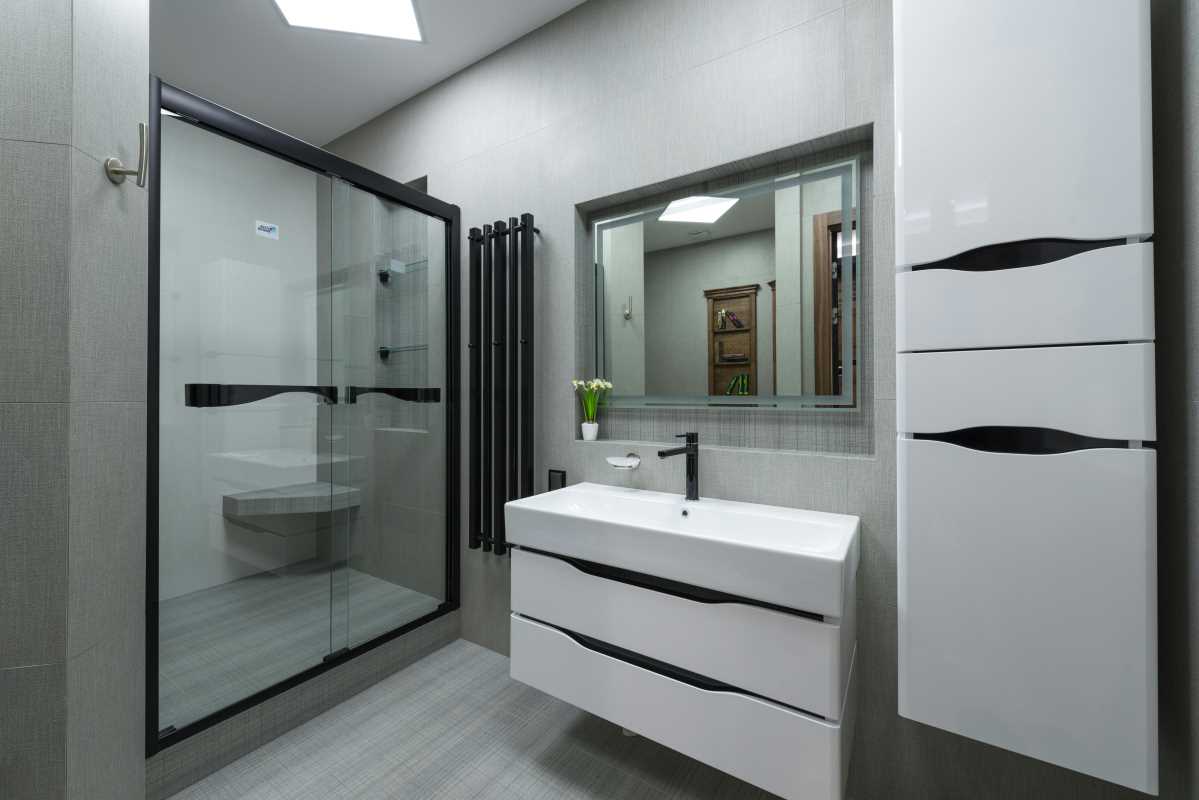 (Image via
(Image via
